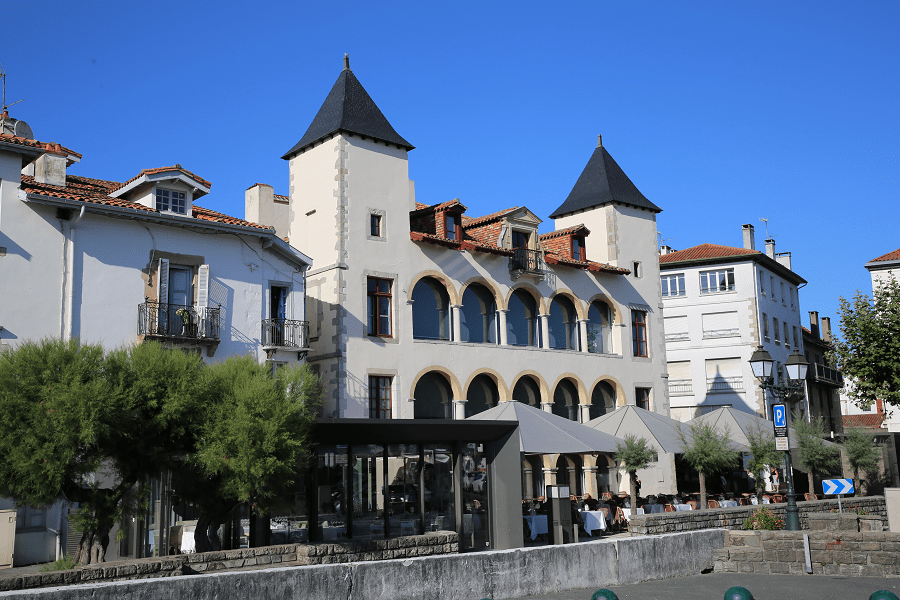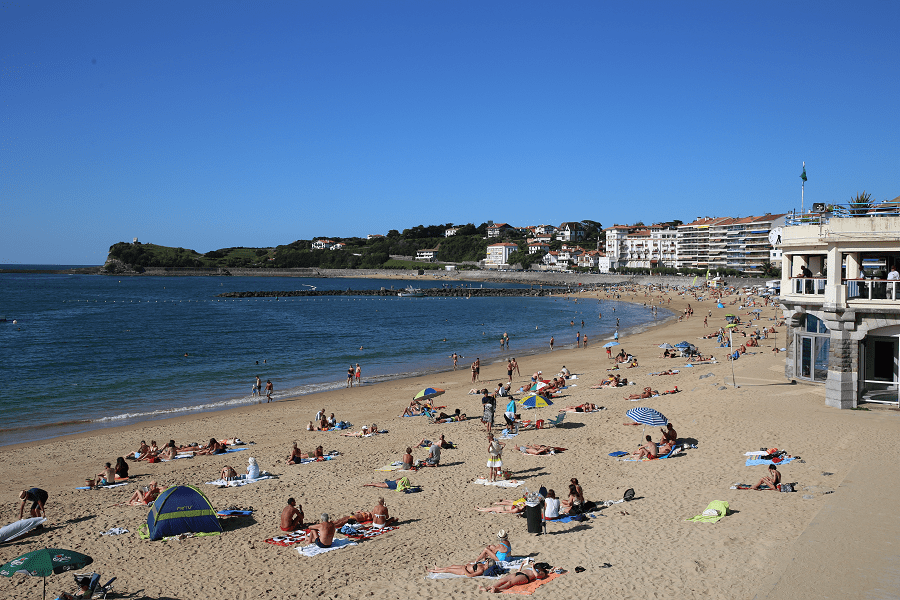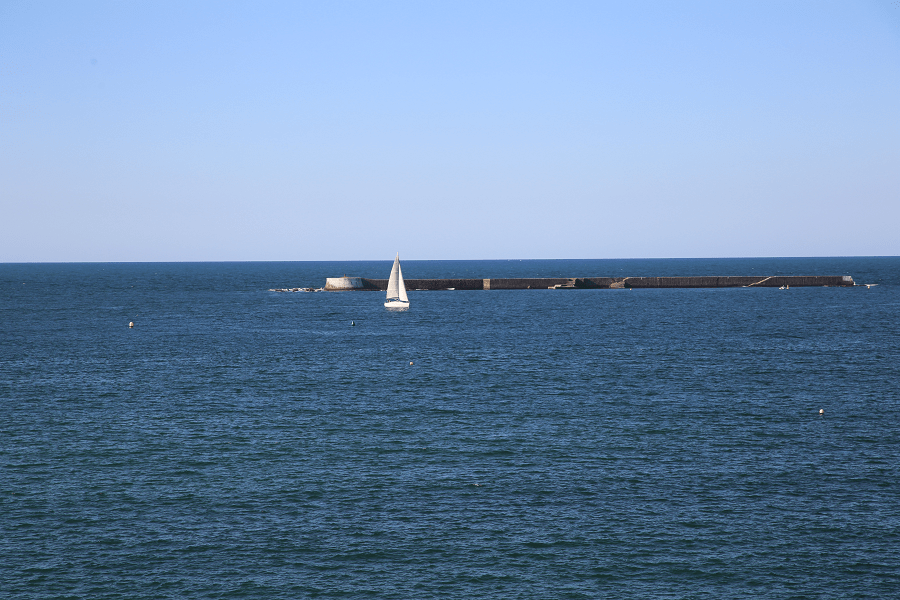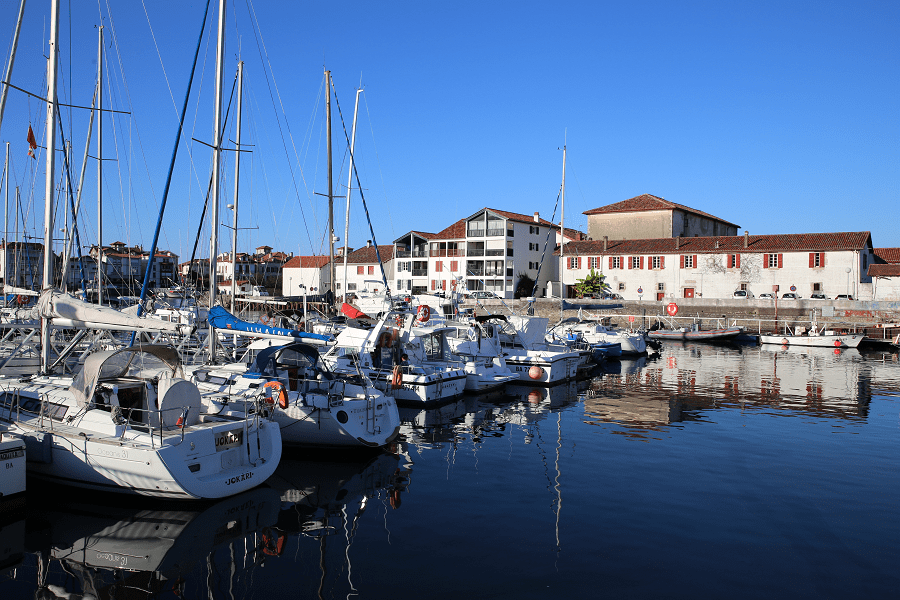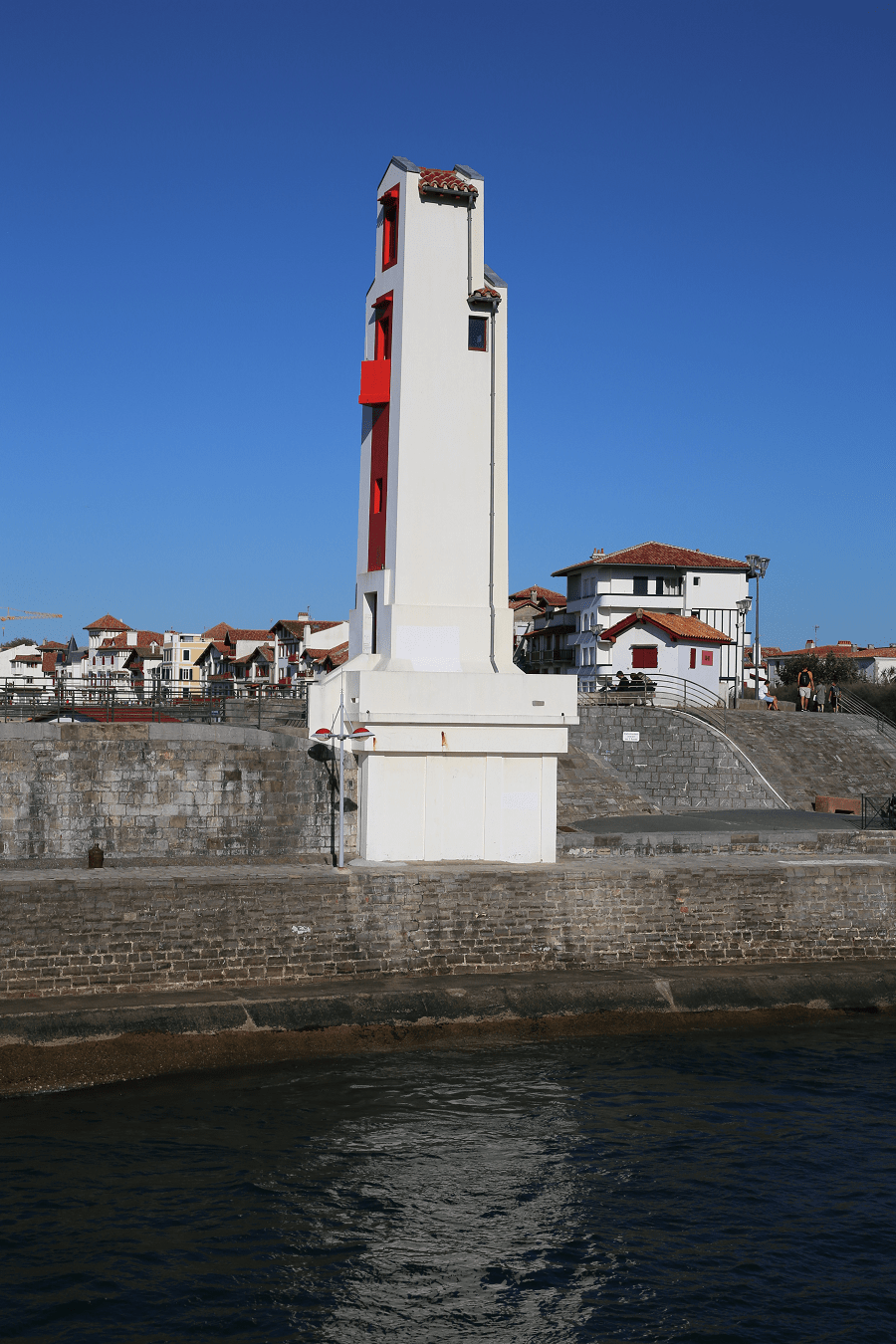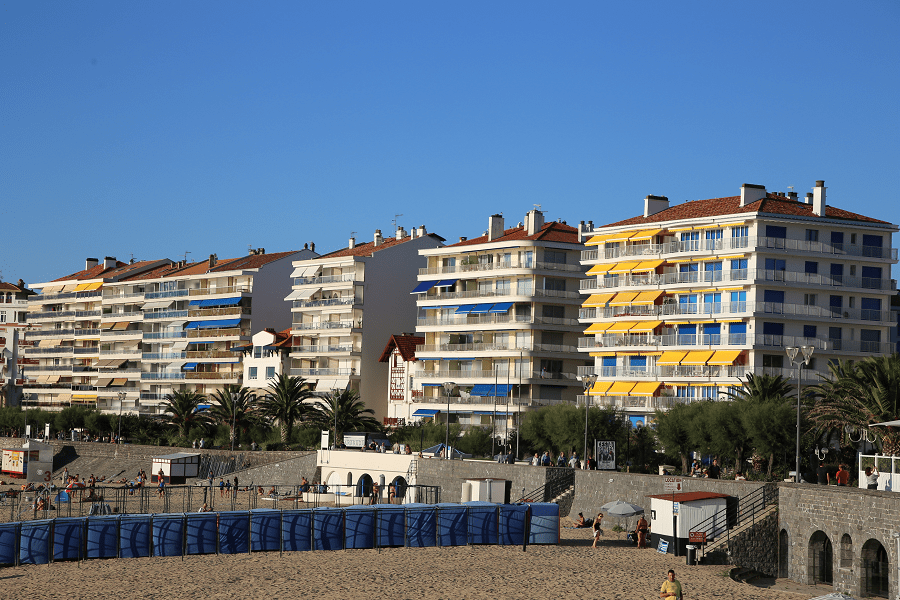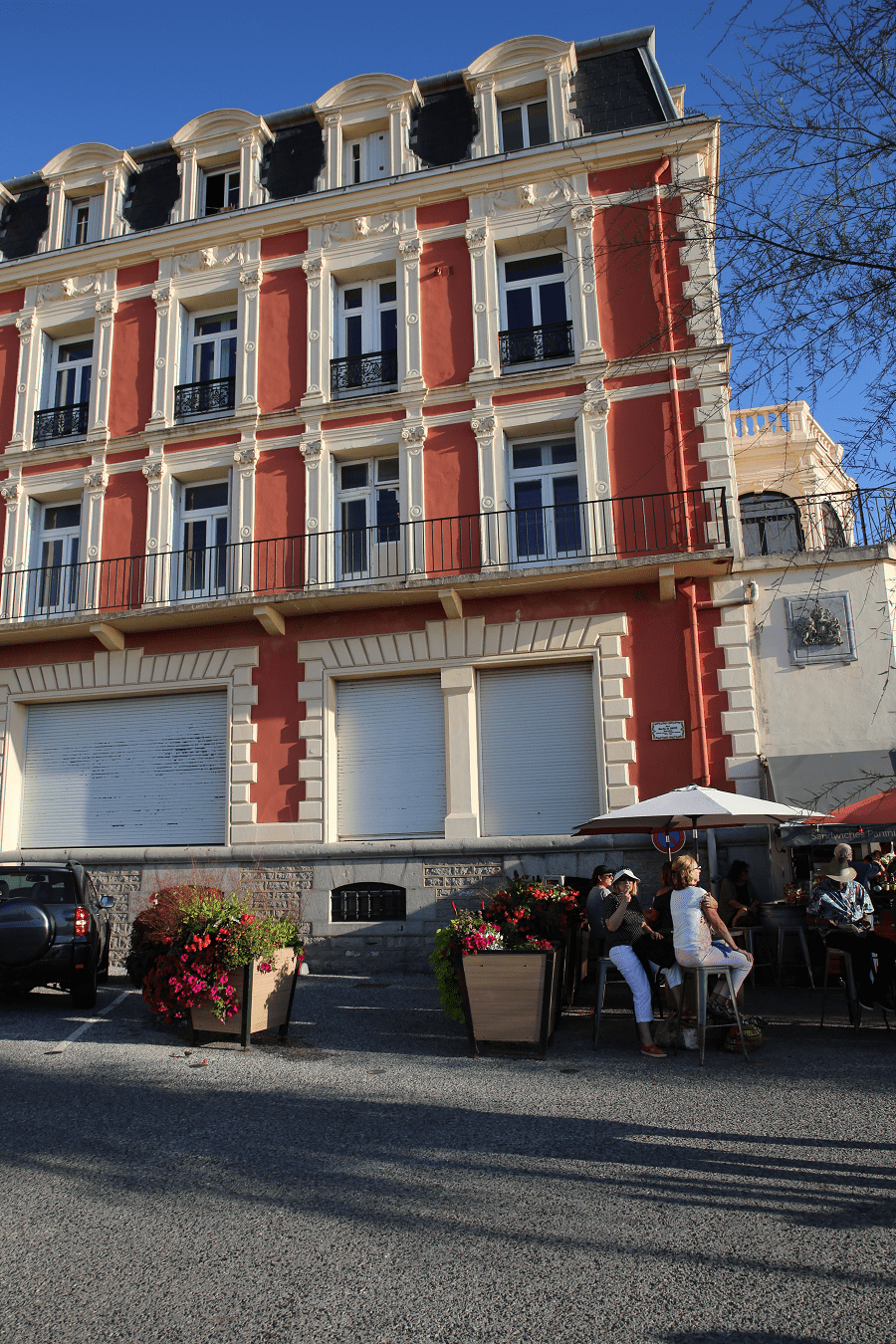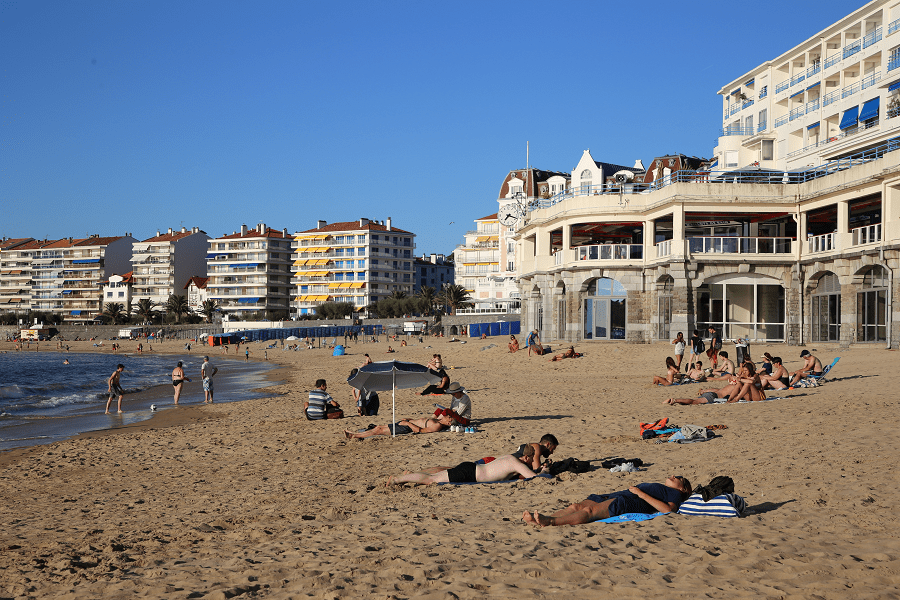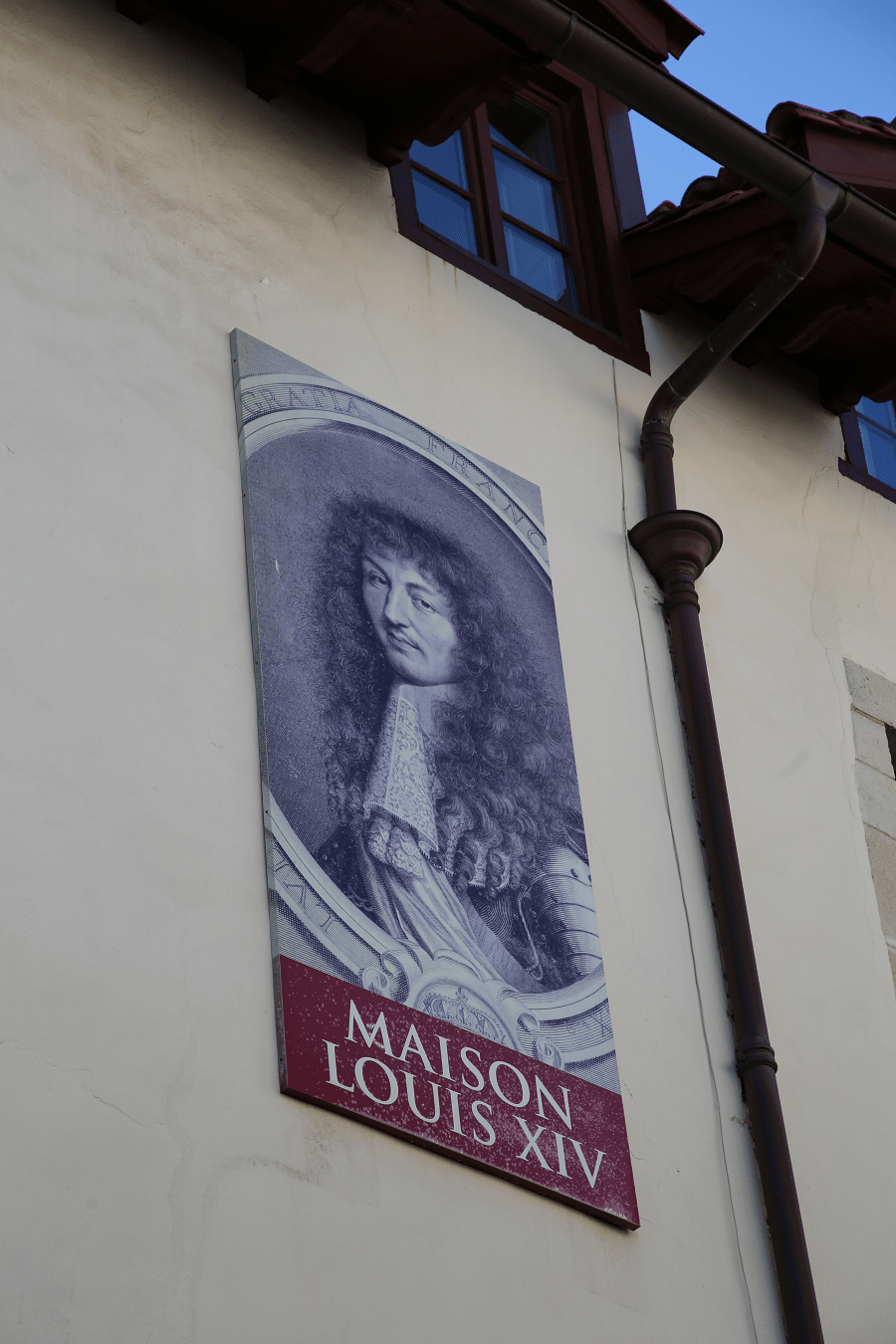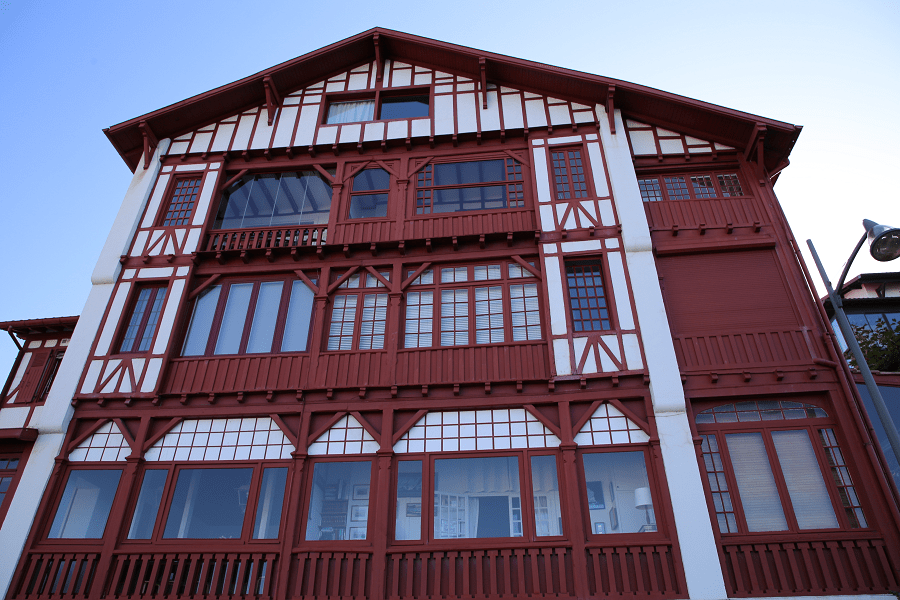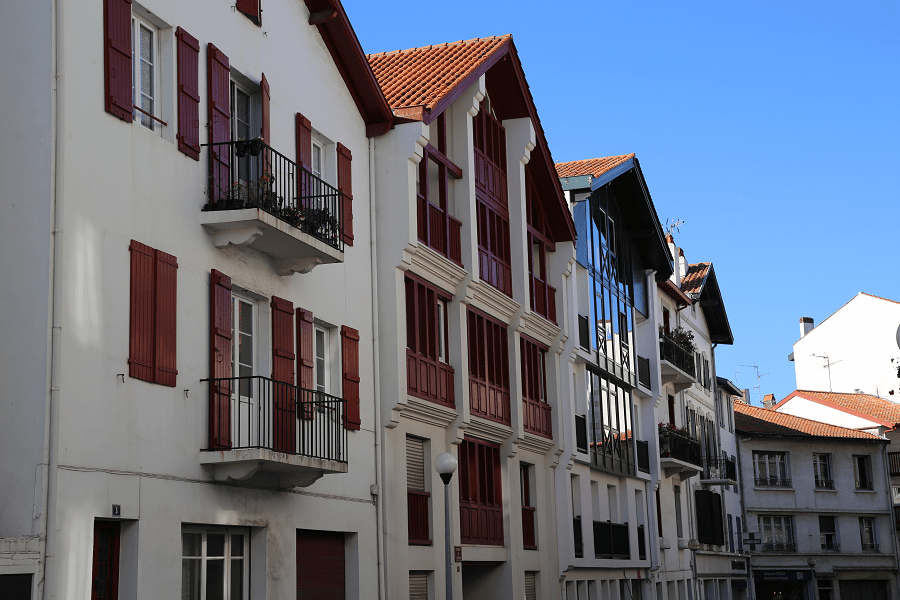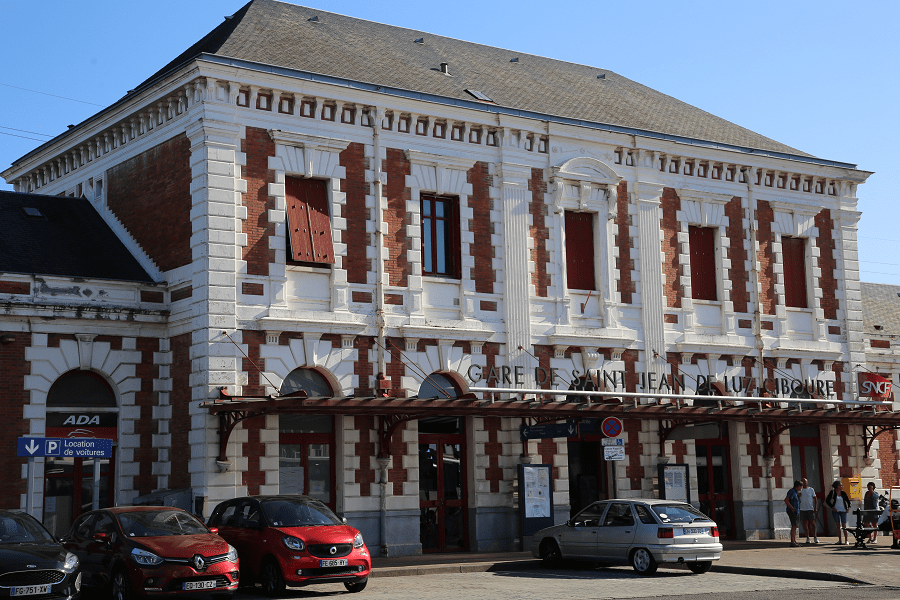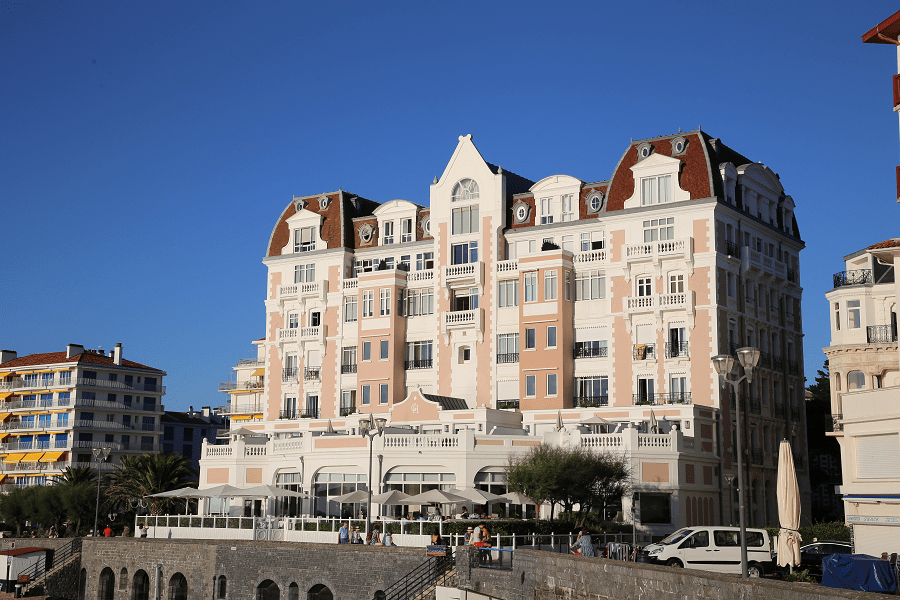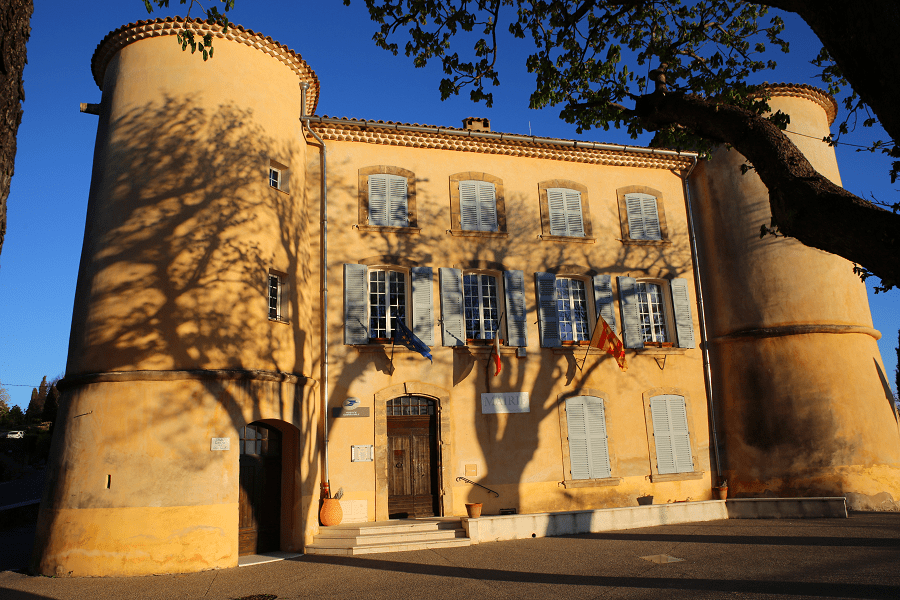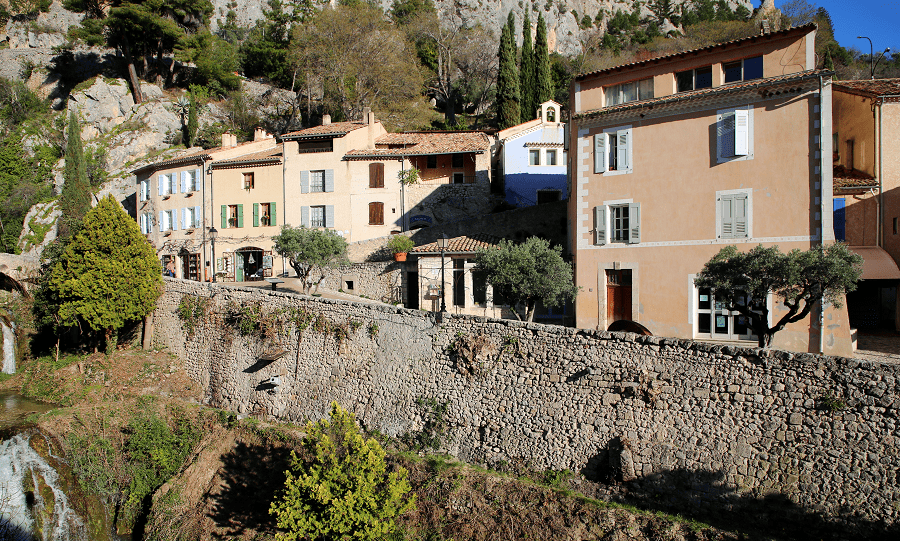Saint-Jean-de-Luz is a former fishing village, a commune in the Atlantic Pyrenees department (Pyrénées-Atlantiques) in southwestern France. Saint-Jean-de-Luz is part of Labourd (Lapurdi) of the Basque country.
Saint-Jean-de-Luz is known for its architecture, sandy bay, a large number of sunny days per year, and excellent cuisine. The town is located south of Biarritz, on the Nivelle river’s right bank.
It is a mistake to assume that the town name comes from “Luz”, which means “light” in Spanish. “Luz” is a mutation of “Lohitz” in this case, which means “dirty place, marsh”. And this name corresponds to those times when the settlement was flooded and was nothing more than a marsh for centuries.
The Gulf of Saint-Jean-de-Luz is a natural harbour in the Bay of Biscay southeast between Arcachon and Spain. It has become a favorite destination for tourists on the Basque coast due to its location and strong “walls” protecting the town from the Atlantic Ocean. The sea resort itself appears relatively new, however, the town port is several centuries old.
The port provided wealth to the town thanks to the fishing and the Basque corsairs piracy (English sailors called Saint-Jean-de-Luz the “nest of vipers”). Sea corsairs differ from pirates in that they act on the king’s behalf and attack enemy ships flying their country flag. King and shipowners receive a share of the corsairs’ plunder. We can say that a corsair is a sailor, whereas a pirate is a criminal.
This fishing port still catches tuna. A “Tuna Festival” is held every year in the beginning of each year here.
Prosperity reached its peak in the 17th century, which is still considered as the town’s “golden age”. Saint-Jean-de-Luz became the second-largest city in the Labourde region with a population of about 12,000 people, the second after Bayonne during this period.
The town is famous for its rich history. Cardinal Mazarin spent several months in Saint-Jean-de-Luz, making almost daily trips to the island of Bidassoa, near Hendaye, for Franco-Spanish negotiations, which resulted in the conclusion of the Treaty of the Pyrenees (Traité des Pyrénées), one clause of which was the marriage of Louis XIV with Maria Theresa, Infanta of Spain (Marie-Thérèse d’Autriche) in 1659. Saint-Jean-de-Luz was chosen for the royal wedding, which took place on June 9th, 1660.
This marriage is one of the most important political marriages in history; it put an end to a fierce war. Another important historical fact: the Duke of Wellington created his winter headquarters in the city during the Peninsular War of 1813-1814.
Saint-Jean-de-Luz had become a popular beach resort town for the surrounding high society by the end of the nineteenth century. Like Biarritz (called the “King of the beaches and the beach of kings”), Saint-Jean-de-Luz was especially appreciated by the French and Spanish aristocracy.
By the early 1900s, it had turned into a scene of Carlist conspiratorial activities. (The Carlists are a monarchical political party in Spain, which in the 19th century took an active part in three civil wars called the Carlist wars. Carlism was active for one and a half centuries, from the 1830s to the 1970s. Carlists exist in modern Spain, although they no longer play a serious role in politics).
The town is also famous for the fact that the composer Maurice Ravel, a native of the neighboring Ciboure town, often stayed here. He came here from Paris, where he lived almost his entire life.
Among other celebrities who lived or stayed in the city at different times are: Jean-Joseph de Laborde – Basque armator and victim of the Jacobin terror; George Gissing – an English writer and a major representative of a naturalistic novel; Bixente Lizarazu – a French footballer of Basque origin; Ernest William Hornung, also known as Willy Hornung – an English writer and the creator of a series of novels about Ruffles, a thief in Victorian England.
Tourism, sights, and what to see?
Saint-Jean-de-Luz together with the neighboring Ciboure town received the “Country of Art and History” (“Pays d’Art et d’Histoire”) title, awarded by the Ministry of Culture of France.
There is St. John the Baptist church (Église Saint-Jean-Baptiste de Saint-Jean-de-Luz) in the heart of the town – an important example of Basque religious architecture. It was here that the wedding of King Louis XIV and Maria Theresa of Spain took place.
Visitors to the cathedral can see that the main entrance door is closed today. There are two legends. The first one: the door the couple went through was closed to show the closure of problems between France and Spain. The second one: Louis XIV himself ordered the doors to be closed so that no other couple could enter the church in his footsteps.
One of the houses, built near the Infante embankment around 1640, is called “Maison Joanoenea” – it was here that Queen Mother Anna of Austria lived before the marriage of Louis XIV with Maria Theresa (it is also known as “Maison de l’Infante”) – it is a popular tourist place and museum today.
The house where Louis XIV (the Sun King) lived for a month before the wedding is called the King’s House now. There are a museum and town hall located in it now.
The city has a large number of residences, built in the 17-18th centuries, which can be seen on the Infante Embankment (Quai de L’Infante), Mazarin Street (Rue Mazarin), Gambetta Street (Rue Gambetta), and Louis XIV Square (Place Louis XIV). Some of them belonged to shipowners and Basque merchants.
The main Saint-Jean-de-Luz color is white. Most of the houses have two or three floors and are painted in white with dark red shutters.
Among the recommended places for visiting is the Saint-Barbe embankment, and among the recommended sights are the monument on Verdun Square (which commemorates the fallen soldiers of the First and Second World Wars) and the monument on the Infanta embankment (dedicated to the Orion French resistance movement).
Several bunkers are still visible along the coast — evidence of the infamous Atlantic Wall (Atlantikwall) — a system of long-term and field fortifications of over 5,000 km in length, created by the German army in 1940–44 after the defeat of France along the European Atlantic coast from Norway and Denmark to the border with Spain to prevent the allied invasion to the continent.
Shopping
Most shops are located in the town’s pedestrianised area. They are open all year. Small shops, exclusive products, beautiful shop windows, and animation in the town city will allow you to enjoy a walk even on a quiet Sunday.
Restaurants
Recommended dishes include toro fish soup, Saint-Jean-de-Luz’s specialty, and the famous Basque pie.
French Restaurants: Toki Goxoa, LE BROUILLARTA, Le Kaïku (One Michelin star), The Brunch House, Chez Mattin, Le Petit Louis
Spanish Restaurants: La Vieille Auberge, L’Epicerie Luz Del Sur, Xaya la Cave gourmande, Le Pub du Corsaire
Tasty and inexpensive: Xabi-Krakada, La grillerie de sardines, Martxuka.
How to get there?
Shortest distances by car:
From Biarritz (tolls): 25 min (17.8 km) via A63
From Bayonne (tolls): 27 min (25.7 km) via A63
From Dax (tolls): 55 min (72.5 km) via A63
From Nantes (tolls): 5 h 13 min (551 km) via A83, A10 and A63
From Saumur (tolls): 5 h 15 min (510 km) via A10 and A63
From Bordeaux (tolls): 2 h 14 min (204 km) via A63
From La Rochelle (tolls): 3 h 54 min (389 km) via A10 and A63
From Toulouse (tolls): 3 h 5 min (314 km) via A64
From Carcassonne (tolls): 3 h 51 min (401 km) via A64
From Monaco (tolls): 8 h 14 min (890 km) via A64
From Nice (tolls): 8 h 1 min (868 km) via A64
From Cannes (tolls): 7 h 49 min (841 km) via A64
From Saint-Tropez (tolls): 7 h 48 min (814 km) via A64
From Marseille (tolls): 6 h 36 min (711 km) via A64
From Avignon (tolls): 5 h 55 min (638 km) via A9 and A64
From Montpellier (tolls): 5 h 9 min (550 km) via A64
From Béziers (tolls): 4 h 36 min (488 km) via A61 and A64
From Perpignan (tolls): 4 h 46 min (514 km) via A61 and A64
From Narbonne (tolls): 4 h 19 min (458 km) via A61 and A64
From Andorra (tolls): 5 h 10 min (434 km) via A64
From Bilbao (tolls): 1 h 33 min (132 km) via AP-8
From San Sebastian (tolls): 36 min (33.5 km) via AP-8
By train
Saint-Jean-de-Luz is a four-and-a-half-hour train ride from Paris. The train station Saint-Jean-de-Luz – Ciboure is located in the town center. The TGV line connects Saint-Jean-de-Luz with all the major cities: Paris (4:30), Bordeaux (2:10), Toulouse (4:15).
The Spanish Renfe railway connects Madrid with Hendaye (10 km from Saint-Jean-de-Luz), the travel time is 5 hours 50 minutes.
By plane
There are two airports close to the town:
L’aéroport de Biarritz Pays Basque located 15 km from the Saint-Jean-de-Luz town.
L’aéroport de Hondarrabia – San Sebastian located in Hondarribia, 15 minutes from the town.
Main information
Area: 19.01 sq. km
Coordinates: 43 ° 23′27 ″ s. w. 1 ° 39′30 ″ s d.
Population: 13,620 (2019)
Languages: French, Basque
Currency: Euro
Visa: Schengen
Time: Central European UTC +1
See here best sea and ocean resorts of France and Spain (223 objects)



